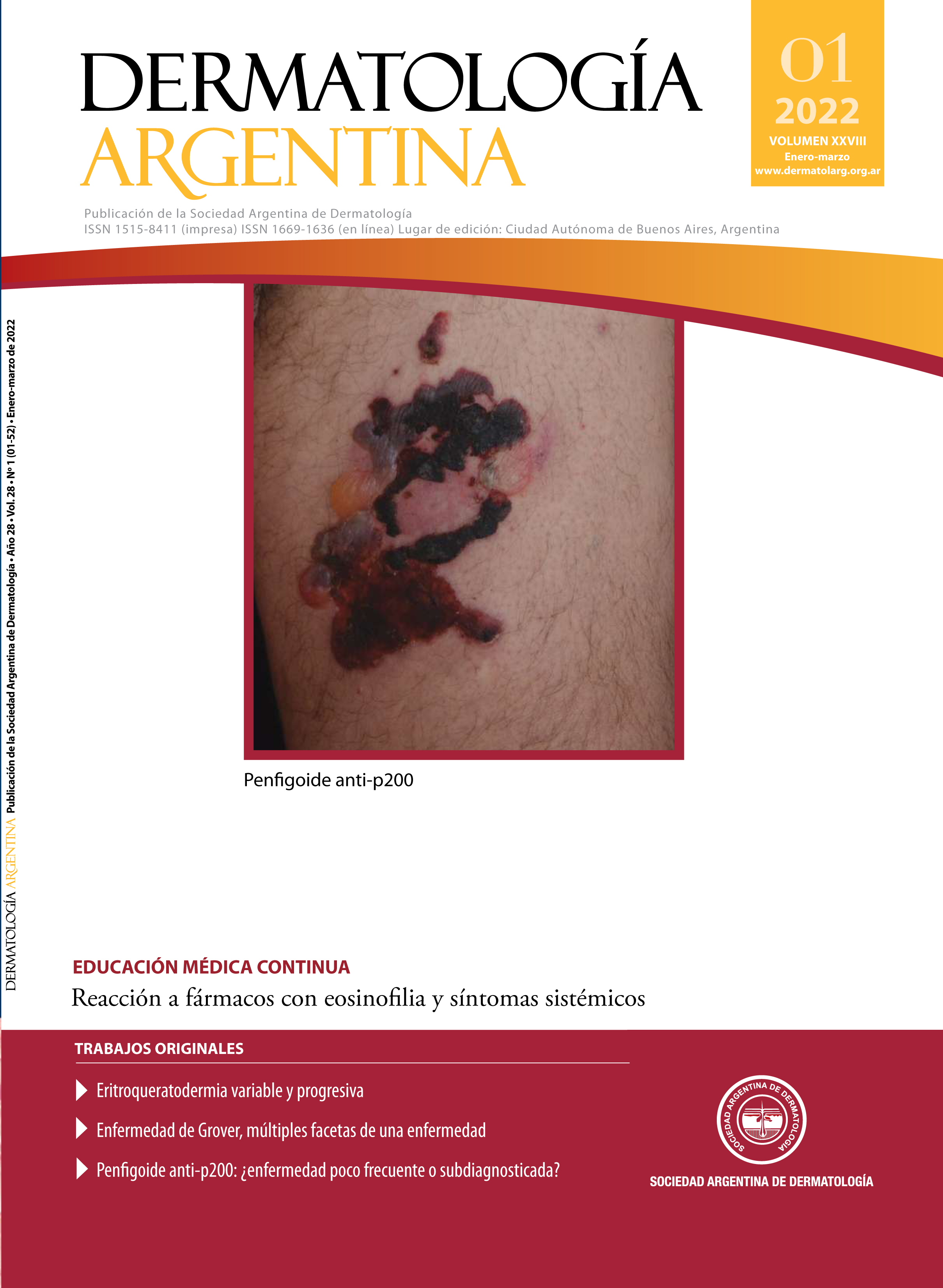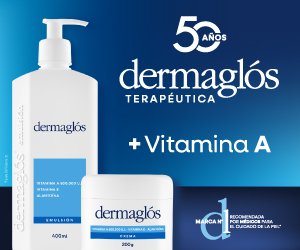Myths and truths. About acne
DOI:
https://doi.org/10.47196/da.v28i1.2298Keywords:
acneAbstract
Dietary supplements based on whey proteins are widely consumed by young athletes with the aim of increasing muscle mass. There is pathophysiological evidence that they promote the appearance of acne by elevating postprandial plasma levels of postprandial insulin and basal insulin-like growth factor-1 (IGF-1). This leads to the reduction of the transcription factor FoxO1, a key regulator of target genes involved in the pathology. Its deficiency has been linked to major acne triggers such as activation of androgen receptors, comedogenesis, increased sebaceous lipogenesis and follicular inflammation.
References
I. Cengiz FP, Cevirgen Cemil B, Emiroglu N, Gulsel Bahali A, et ál. Acne located on the trunk, whey protein supplementation: Is there any association? Health Promot Perspect. 2017;7:106-108.
II. Arias MI, Adame GJ, Moreno J, Kaminsky A. Relación entre dieta y acné en pacientes de Iberoamérica. Dermatol Rev Mex. 2021;65:22-32. 2. Claudel JP, Auffret N, Leccia MT, Poli F, et ál. Acne and nutrition: hypotheses, myths and facts. J Eur Acad Dermatol Venereol.2018;32:1631-1637.
III. Melibary YT, Alkeraye S, Alnutaifi KA, Melibary NT, et ál. Occasional acne; an acne variant. Clin Cosmet Investig Dermatol. 2019;12:219-222.
Downloads
Published
Issue
Section
License
Copyright (c) 2022 Dermatología Argentina

This work is licensed under a Creative Commons Attribution-NonCommercial-NoDerivatives 4.0 International License.
El/los autor/es tranfieren todos los derechos de autor del manuscrito arriba mencionado a Dermatología Argentina en el caso de que el trabajo sea publicado. El/los autor/es declaran que el artículo es original, que no infringe ningún derecho de propiedad intelectual u otros derechos de terceros, que no se encuentra bajo consideración de otra revista y que no ha sido previamente publicado.
Le solicitamos haga click aquí para imprimir, firmar y enviar por correo postal la transferencia de los derechos de autor












